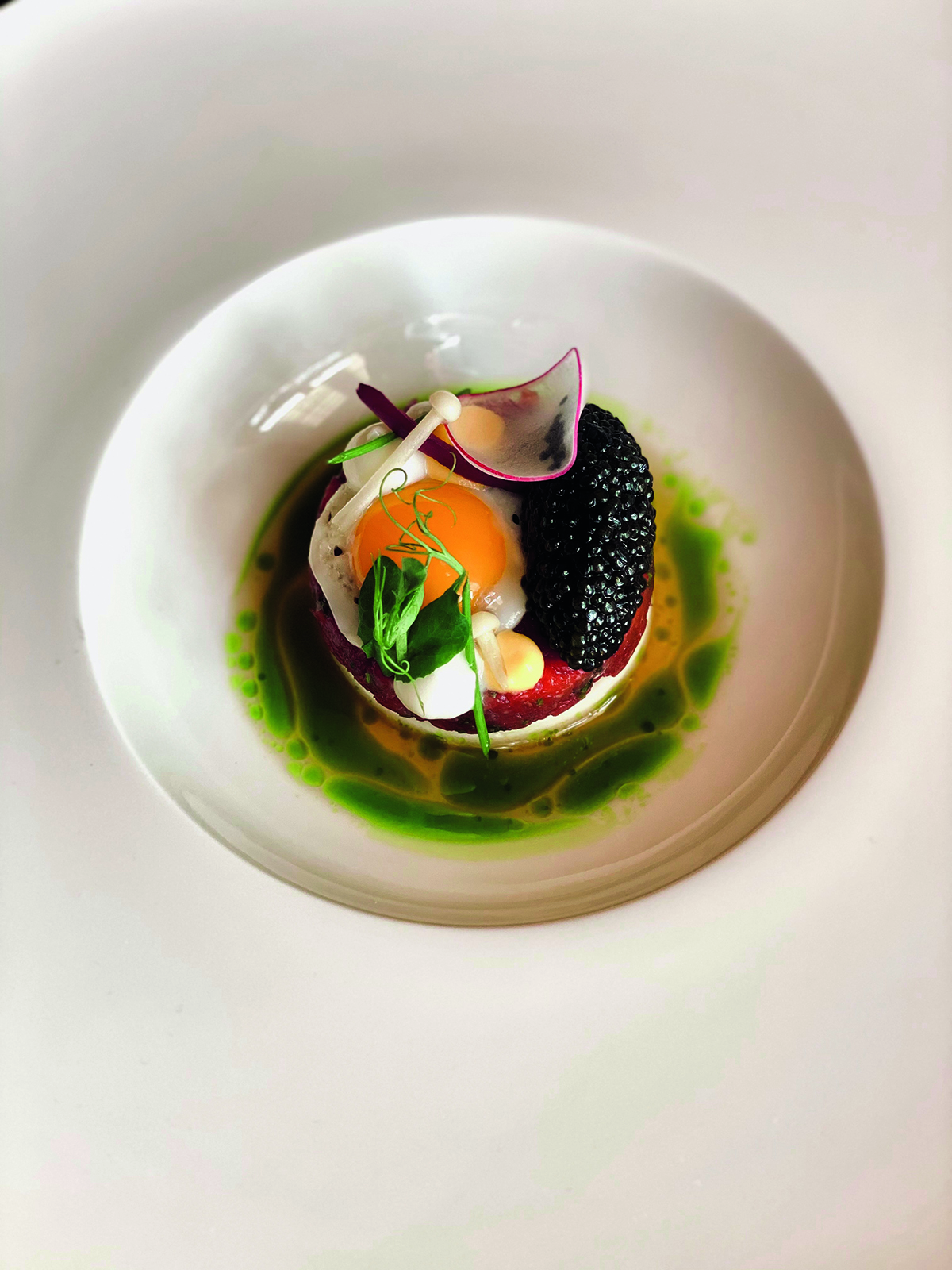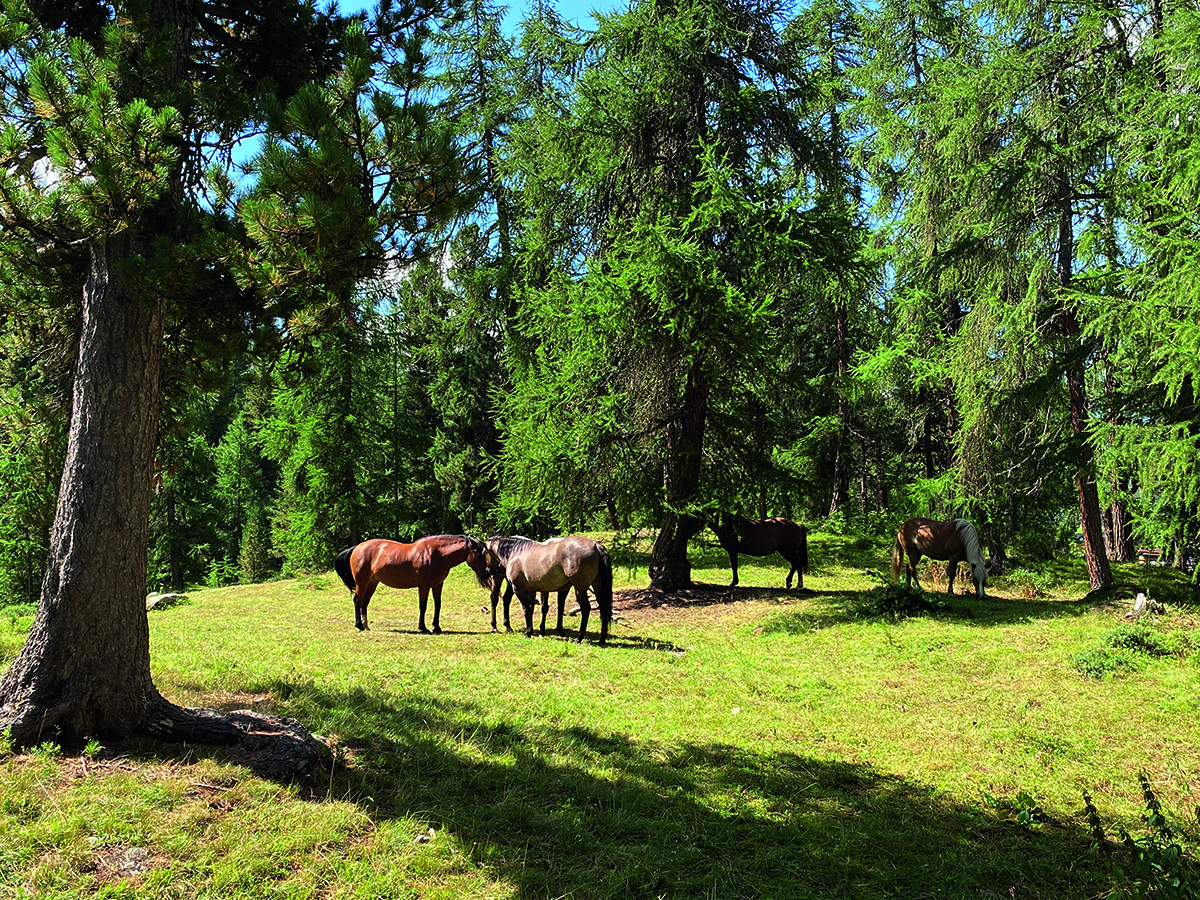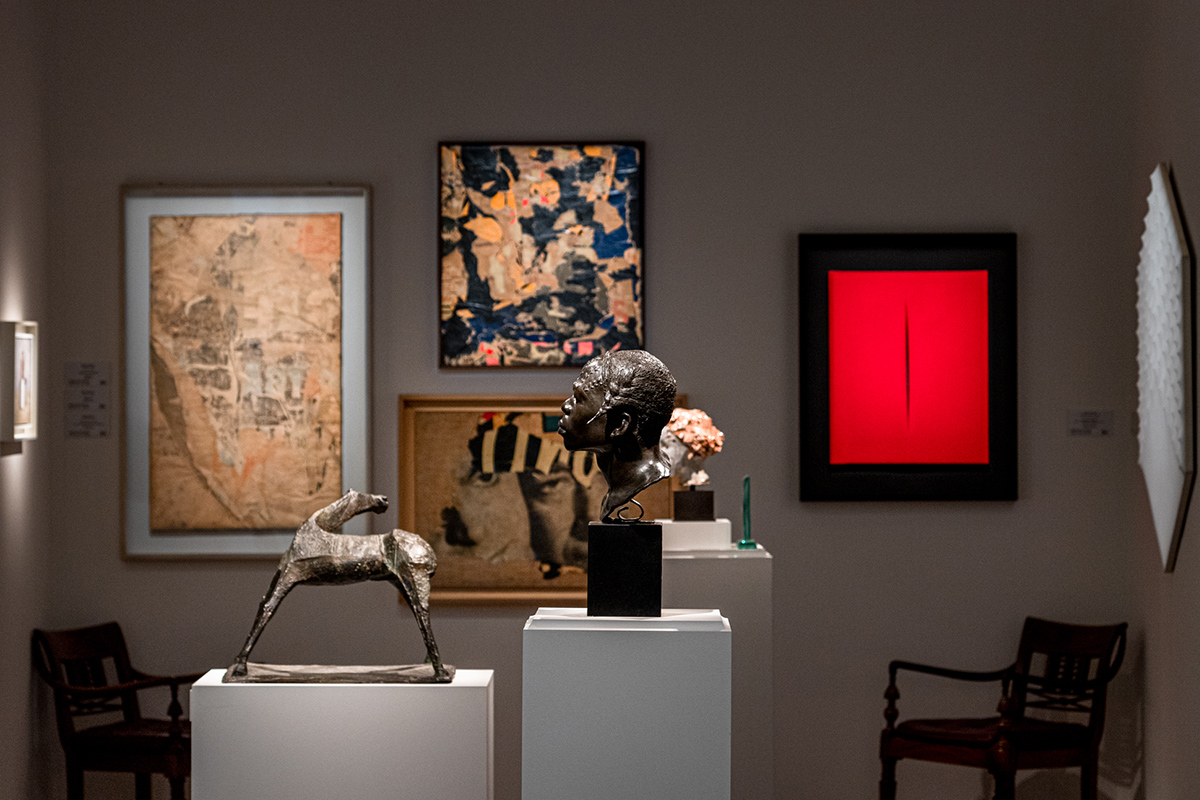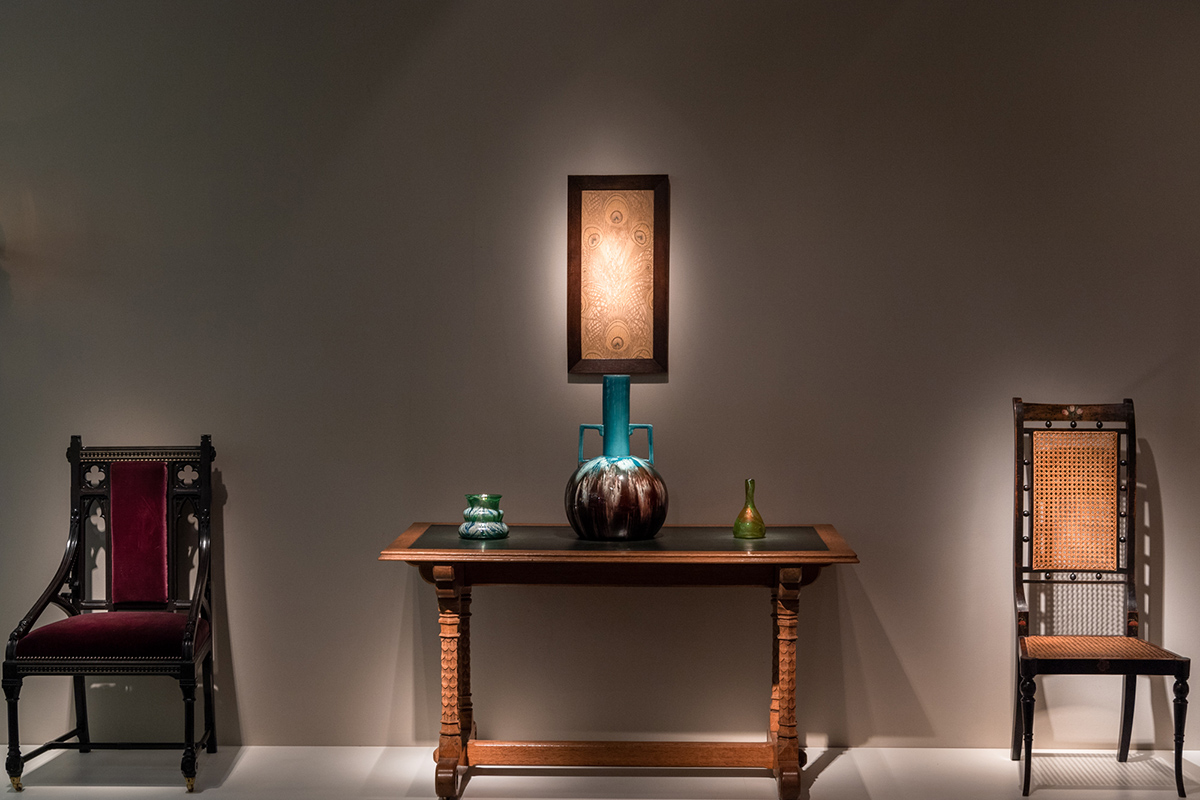
Suvretta House overlooks the Upper Engadine valley. Image courtesy of Suvretta House.
High in the Swiss Alps, LUX indulges in a gastronomic tour like no other, all under the auspices of one hotel
It’s summertime, and what we crave is sunshine, blue sky, space, views, freedom and a change in cuisine. All uncontroversial except for the last – why would we want to change the way we eat? Perhaps because for many of us in the fortunate minority in the world, even during the lockdown cycle, a great variety of cuisines has become the norm. Temaki and uromaki delivered tonight; Vietnamese cha cua and mi quang tomorrow; miso Chilean sea bass the next. Freed from choosing restaurants for the experience they offer, we have spent a lot of time choosing them purely for their variety of cuisine.
Follow LUX on Instagram: luxthemagazine
We reflected on this last summer, during a release from the first wave, sitting at the Chasellas restaurant above St Moritz. For generations, great European dining has been about being welcomed by a host who recognises you; typically, a besuited maitre d’ of an older generation, as comfortable giving orders to staff as he is joining favoured customers for a cognac after hours. We were welcomed by Livia Sterki, a smiling young woman ostensibly as far removed from the traditional maitre d’ image as can be imagined: her charm and efficiency were so memorable it made us want to go back every night.

The hotel’s cuisine focuses on local ingredients. Image courtesy of Suvretta House.
The Chasellas is decorated in Alpine mountain inn style, lots of pine, bare-backed wooden seats, and a terrace with a view over the rooftops of the village of Champfèr, across forests and lakes to the towering mountains of the Bernina range across the valley. The cuisine of chef Marco Kind is not only fine: it is unlike anything you will ever find in a metropolitan hub.
There’s a combination of mountain purity, local ingredients, and a local Swiss authenticity, and a lightness of touch. Beef entrecôte sous-vide, datterini tomatoes and summer truffle was both satisfying and light; essence of wild mushrooms with shiitake and agnolotti was a kind of ultimate consommé (and vegan); and even the non-vegetarians went for the variation of peas with mountain peach, radish, asparagus and macadamia. Another vibrant main course was spring chicken braised in apple with young vegetables, local potatoes and wild mushrooms.

Beef tartar with oysters, miso and caviar. Image courtesy of Suvretta House.
The cuisine was like eating the Alps and went delightfully with what is commonly referred to as the “local chardonnay”. In fact, the Engadine valley is too high for growing grapes, but the modest moniker refers to chardonnay from the Bündner Herrschaft, two valleys over at lower altitude, which is in fact emerging as one of Europe’s most brilliant yet unknown fine-wine regions. The wines have the same freshness as the cuisine.
Read more: The beauty and biodiversity of Andermatt’s golf course
The Chasellas is part of the dining offering of a single-hotel resort, Suvretta House, which brings us to the second point of this story: being able to luxuriate in different dining experiences under one resort banner is not confined to swanky brands on tropical islands. Interestingly, Suvretta House’s owners and its managers, the mind-bendingly hard-working Peter and Esther Egli, have decided not to bring in outside brands, but to create all their dining themselves.

The hotel’s terrace with views over Lake Silvaplana and Lake Sils. Image courtesy of Suvretta House.
It’s a five-minute walk downhill to Suvretta House from the Chasellas, past a couple of very nice chalets (or a 20-second ski in the winter season, past the hotel’s own lift). Suvretta is one of St Moritz’s original palace hotels, and everything about it suggests old money, aristocracy and a clubbish feel, in the nicest possible way. You’re more likely to see a classic Ferrari parked outside than a new one.


Idyllic paths through the meadow and woodland around the hotel bring unexpected sights. Images by Isabella Sheherazade Sanai (top) and Darius Sanai.
The hotel overlooks a wavy forest, stretching up the valley towards the Italian border; St Moritz itself is out of sight just around the corner of the mountain. Just above the swimming pool and huge lawn overlooking the view is the Stube restaurant, cosy and hearty in design, where you might expect to eat rib-thickening traditional mountain food. But not here; or not quite, anyway. Isaac Briceño Obando, the chef in charge of this culinary hotspot (each of Suvretta House’s restaurants is a destination in itself), blends simplicity (Wild Kelly flat oysters; Iranian beluga caviar) with purity (saddle of lamb smoked in hay; A4 wagyu tenderloin plain grilled) and tradition (sliced Zurich-style veal in cream) with just a touch of the exotic (Maine lobster salad, pumpkin, kalamansi and miso). So relaxing is the Stube experience that the lockdown limitations on seating times (gone soon, we hope) felt almost intrusive.

Chicken with carrots and a Sauternes jus
Upstairs, the centrepiece of the hotel is the Grand Restaurant, a dining room with a Belle Époque flair whose New Year’s Eve parties are the stuff of legend (and many years of waiting lists). Watching Europe’s grand aristocracy waft back and forth there one evening was an experience in itself (at the time of going to press, the hotel is not sure whether regulations will allow the Grand to reopen for the summer season). High on the mountainside above Suvretta there is also the Trutz restaurant with a kind of rustic-Swiss chic serving air-dried beef, pastas, barley soup and salads with local cheeses – an excellent tonic after hiking up there.
Read more: Umberta Beretta on fund-raising for the arts

The river En (Inn) beneath the hotel
There is far more to the Suvretta House than its cuisine; the rooms, fresh and Swiss-luxurious, have an eternally epic view across forests and mountains; the indoor pool-with-a-view is huge; and the gardens (and utterly charming woodland childrens’ playground) are addictive. But this summer, there is nothing that will stop us indulging in a gastronomic tour of its restaurants and the sublime service and views. Something no home delivery service will ever offer.
Find out more: suvrettahouse.ch
This article was originally published in the Summer 2021 issue.











Recent Comments